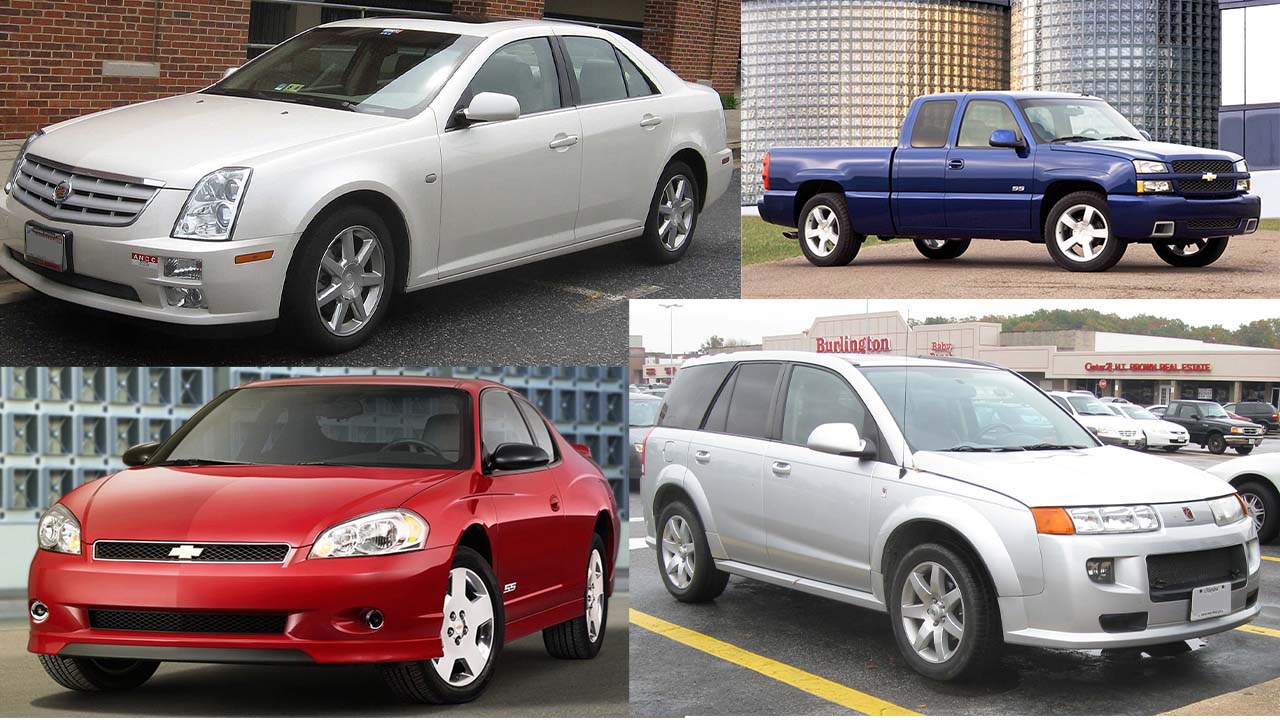General Motors has a solid reputation for producing some truly iconic performance cars—the Corvette, Camaro, and Cadillac V Blackwing models immediately come to mind.
But if you take a look back at the 2000s, the story gets a bit more unconventional. Before the company filed for bankruptcy in 2009, GM had been dabbling in performance-oriented sub-brands across nearly all of its divisions, including Buick, Cadillac, Chevrolet, Pontiac, and Saturn.
Although these experimental performance ventures weren’t the primary reason GM ended up needing a government bailout, they undoubtedly played a part in the bigger picture.
We’ve put together a list of the 10 most bizarre GM performance vehicles released between 2000 and 2009, organized by the year they entered the market.
Why call these vehicles “weird” or “crazy?” Well, only one model name on the list is still in production today, and just one performance sub-brand has survived—though it now appears on entirely different types of vehicles. If you recognize all 10 of these, you’re a bona fide car enthusiast.
1. 2003–2006 Chevrolet SSR
The “SS” badge, short for Super Sport, has a legacy that dates all the way back to the original 1956 Corvette.
Over the decades, Chevy used the SS designation for sportier versions of many models, but in 2003, the brand took a different approach by introducing a model with SS right in its name.
The Chevrolet SSR (Super Sport Roadster) stands out as one of the oddest creations GM has ever assembled. It’s a two-seater pickup truck with retro styling and a retractable hardtop roof.
Initially, the SSR came equipped with a 5.3-liter LM4 V8 engine, delivering 300 horsepower through a four-speed automatic transmission.
However, in its last two years—2005 and 2006—the model was upgraded with a more powerful 6.0-liter LS2 V8 that produced 390 hp (395 hp in 2006), and a six-speed Tremec manual transmission became optional.
Chevy produced roughly 24,000 SSRs during its run, making it a rare and somewhat cult-favorite modern collectible.
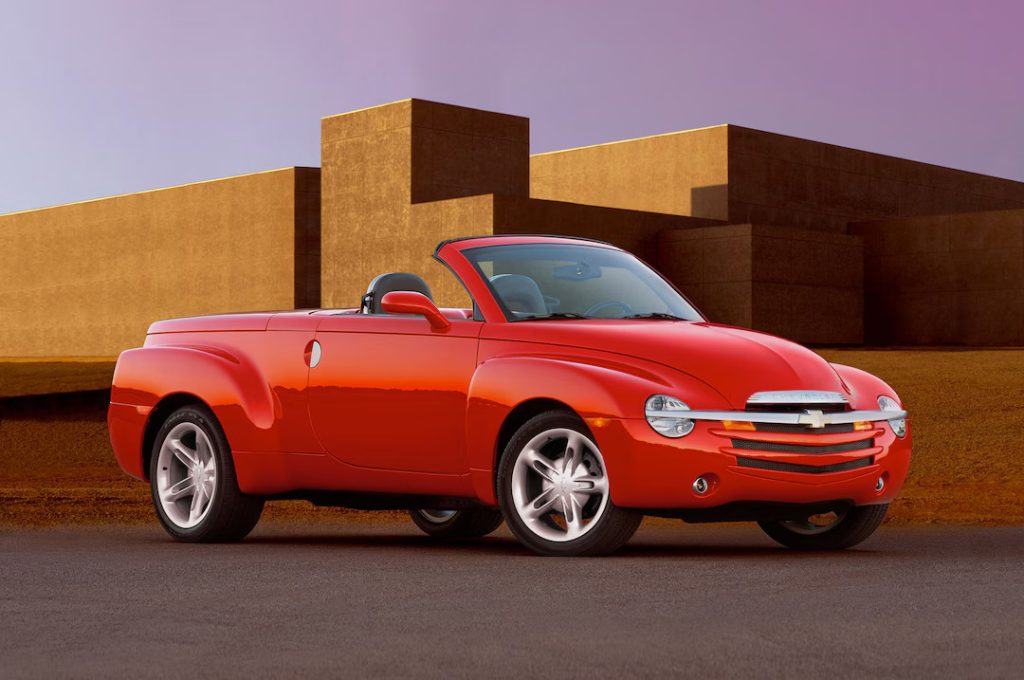
2. 2003–2007 Chevrolet Silverado SS
The SSR wasn’t the only SS-branded truck Chevy introduced in 2003. That same year, the Chevrolet Silverado 1500 received an SS trim level.
Designed as a competitor to the Ford F-150 Lightning, the Silverado SS featured a 6.0-liter Vortec High-Output V8 engine paired with a four-speed automatic transmission.
Unfortunately, its 345 horsepower rating fell short of the Lightning’s 380 hp, and its 380 lb-ft of torque didn’t quite match the Lightning’s 450 lb-ft figure either.
Chevrolet aimed to attract performance truck enthusiasts who preferred all-wheel drive, which the Lightning didn’t offer—it came only with rear-wheel drive.
However, Chevy eventually made RWD available for the 2005 Silverado SS, and dropped AWD completely by the 2006 model year.
The final version in 2006 was rebranded as the “Intimidator SS” under a licensing agreement with Dale Earnhardt, Inc., as a tribute to the late racing legend. While it included some minor cosmetic updates, the powertrain remained unchanged.
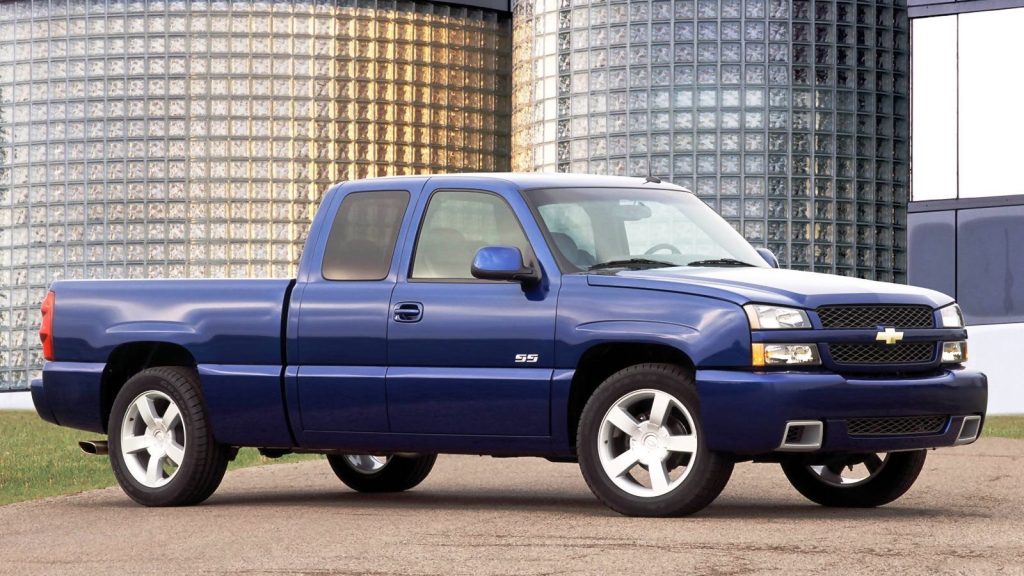
3. 2004–2007 Saturn Vue Red Line
While every entry on this list is unusual in its own right, the Saturn Vue Red Line may be the most overlooked. It hails from GM’s now-defunct Saturn brand, which began experimenting with performance-focused Red Line variants in 2004.
Most people are familiar with the Ion Red Line, which shared an engine with the Chevy Cobalt SS, but many forget that Saturn extended the Red Line treatment to the Vue SUV as well.
This version of the Vue was powered by a 3.5-liter V6 sourced from Honda, delivering 250 horsepower through a five-speed automatic transmission. This marked a significant improvement over the outgoing in-house 3.0-liter V6, which only made 181 hp.
The Red Line trim also added a one-inch lowering kit, upgraded steering calibration, 18-inch alloy wheels, and a body kit. It was genuinely one of the coolest crossovers available during its time.
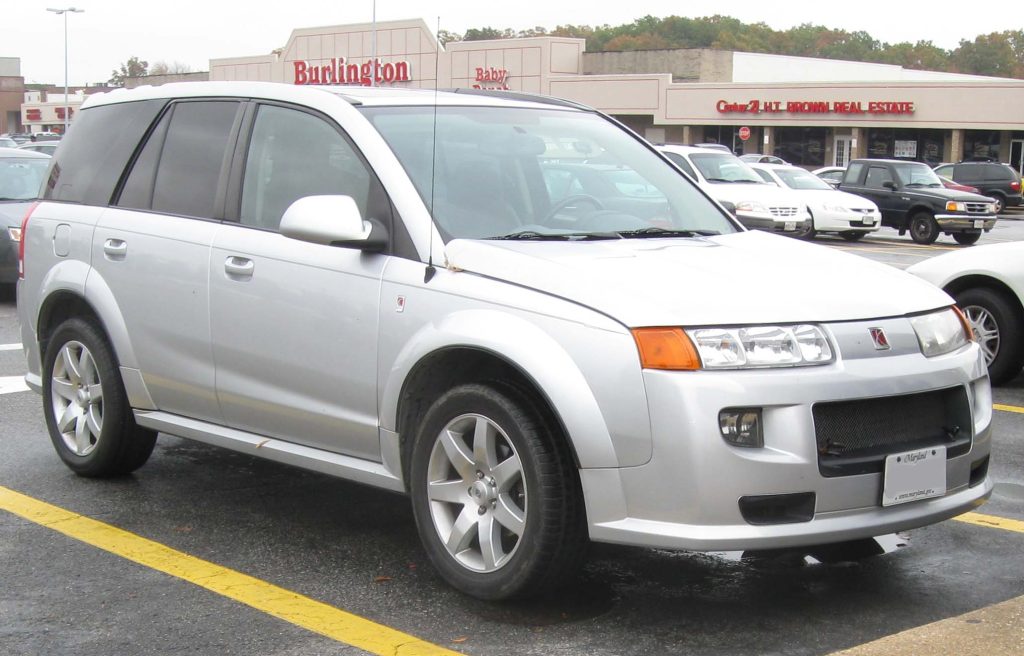
4. 2005–2009 LS4 Cars
This next section groups together four different vehicles from three GM brands, all of which were equipped with the same engine: the LS4.
Among the LS family of engines, the LS4 is probably the least well-known. With a displacement of 5.3 liters and an output of 303 horsepower, it was designed specifically for transverse front-wheel-drive setups.
As a reminder, this list focuses on unusual vehicles—and a transversely-mounted V8 certainly qualifies as rare and unconventional.
The LS4 engine appeared in the 2006–2007 Chevrolet Monte Carlo SS and 2006–2009 Impala SS, the 2005–2008 Pontiac Grand Prix GXP, and the Buick LaCrosse Super.
All four of these models had impressive acceleration due to their V8 engines. The Pontiac stood out as the most performance-oriented of the group, while the Buick leaned more toward comfort. However, each was ultimately held back by a four-speed automatic transmission.
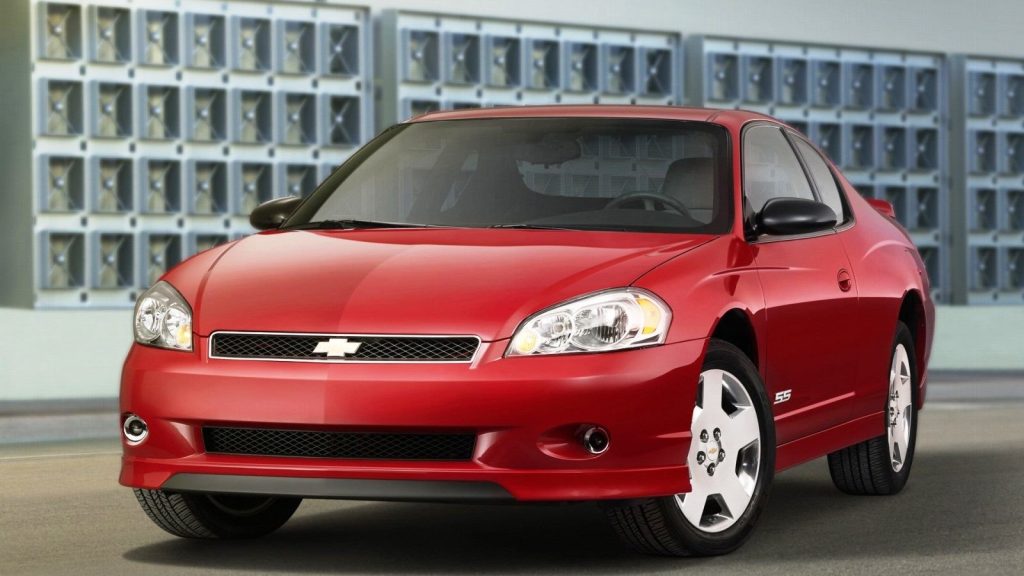
5. 2005–2006 Saab 9-2X Aero
The first Saab-branded vehicle to make this list wasn’t really a Saab in the traditional sense. In fact, it wasn’t even manufactured by GM.
The 9-2X was a five-door hatchback that essentially served as a rebadged version of the Subaru Impreza. Enthusiasts often refer to it as the “Saabaru,” blending the Saab and Subaru names together.
In 2005, the top-tier Aero model featured a 2.0-liter turbocharged boxer-four engine borrowed from the Subaru WRX, producing 227 horsepower. By 2006, this was swapped out for the 2.5-liter EJ255 engine, boosting output slightly to 230 hp.
Buyers could choose between a five-speed manual or a four-speed automatic transmission. Saab managed to sell just 10,346 examples of the 9-2X across its two-year run.
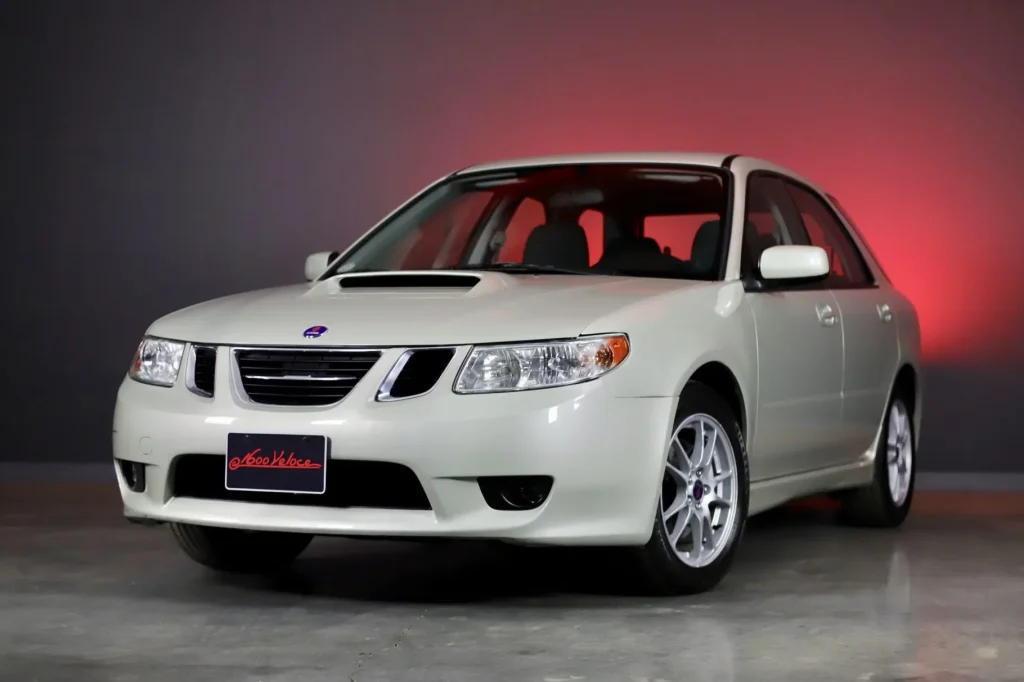
6. 2006–2009 Chevrolet Trailblazer SS (And Saab 9-7X Aero)
The second Saab on the list also lacked any real Swedish heritage. This time, GM reworked the Chevrolet Trailblazer to create the Saab 9-7X, which debuted for the 2005 model year.
Then in 2008, Saab introduced the Aero version, equipped with a 6.0-liter LS2 V8 that made 390 horsepower—the same engine used in the Chevrolet Trailblazer SS, which had arrived two years earlier as the first SUV to wear the SS badge, where it was tuned for 395 hp.
Chevrolet offered the Trailblazer SS with both rear-wheel drive and all-wheel drive, both paired with a four-speed automatic transmission. However, Saab only provided the 9-7X Aero in AWD form.
Both models remained fairly uncommon, with Chevrolet selling 26,411 Trailblazer SS units from 2006 to 2009, while Saab sold just 19,286 total 9-7X models (all variants) between 2005 and 2009.
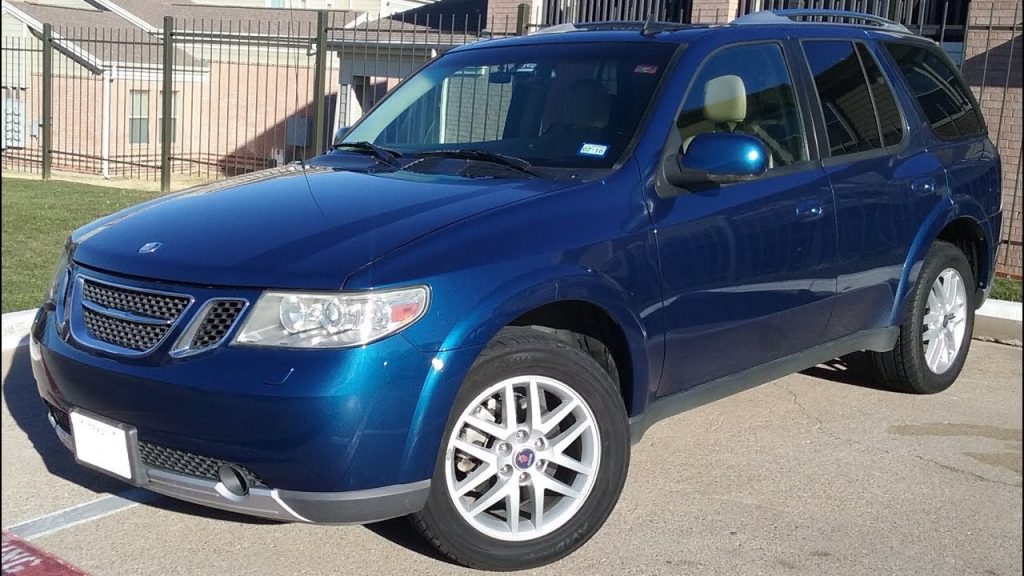
7. 2006–2009 Cadillac XLR-V
Do you remember the time Cadillac created its own take on the Corvette? The Cadillac XLR seemed like a promising concept—essentially transforming a Corvette into a luxurious grand tourer—but it was plagued by a series of poor choices.
For starters, it was only available with an automatic transmission. It was also built on the C5-generation Corvette platform, even though it was sold at the same time as the more modern C6. Most notably, it skipped the Corvette’s best asset: its engine.
Instead of using the LS2 powerplant, Cadillac outfitted the standard XLR with its own 4.6-liter Northstar V8, which generated just 320 horsepower. In 2006, Cadillac introduced the high-performance XLR-V version, powered by a supercharged 4.4-liter Northstar V8 that produced 443 horsepower.
On paper, that’s a big improvement—until you realize that the C6 Corvette Z06 made 505 horsepower with its 7.0-liter LS7 V8, and came with a manual transmission.
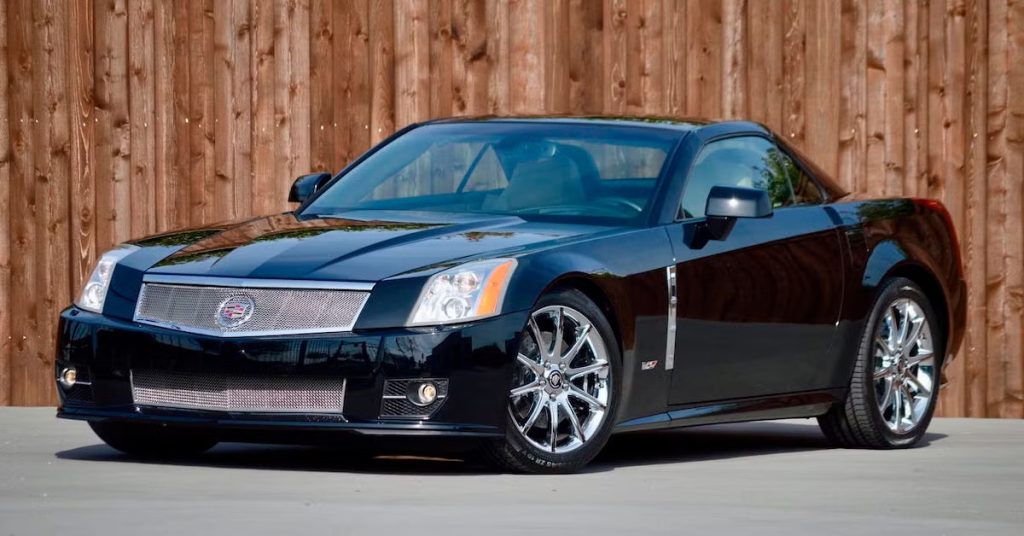
8. 2006–2009 Cadillac STS-V
When the Cadillac V Series is mentioned, most people immediately think of the CTS-V sedan, which took on competitors from BMW M and Mercedes-AMG, and eventually evolved into today’s CT5-V Blackwing.
However, the CTS-V had a larger, lesser-known sibling: the STS-V. Introduced a few years after the CTS-V, the STS-V failed to leave a significant mark on the enthusiast community.
It used the same 4.4-liter supercharged Northstar V8 as the XLR-V, but in this application, it delivered a slightly higher output of 469 horsepower through a six-speed automatic transmission.
The STS-V did receive several performance-focused upgrades over the standard STS, including Brembo brakes, 18-inch alloy wheels, run-flat tires, quicker steering, stiffer suspension, and recalibrated traction control.
Despite these enhancements, the car struggled to attract buyers. Cadillac only managed to sell 2,503 units over its four-year production run.
When the second-generation CTS-V launched for the 2009 model year with a 556-horsepower supercharged LSA engine, it completely eclipsed the STS-V and rendered it obsolete.
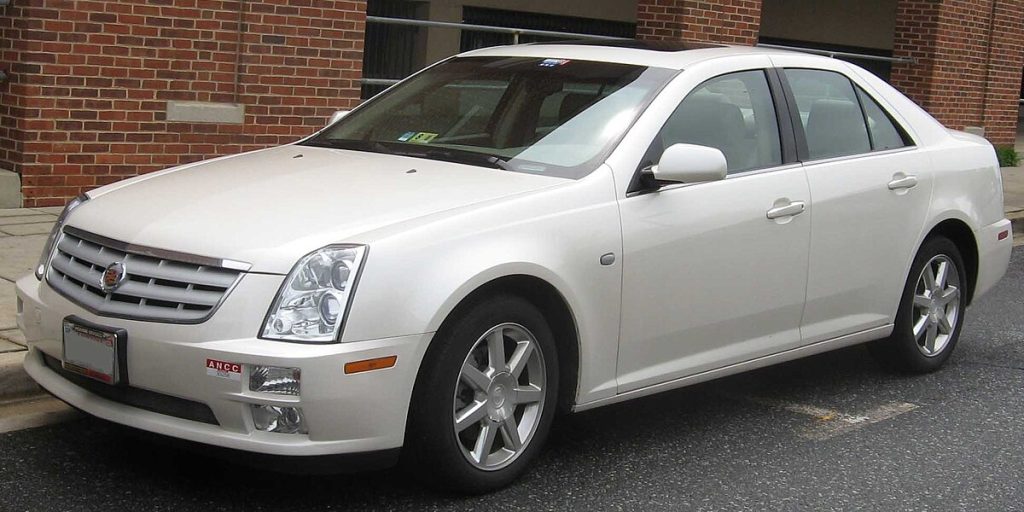
9. 2006–2010 Pontiac Solstice GXP / Saturn Sky Red Line
General Motors’ effort to create an affordable, two-seat convertible that could go head-to-head with the Mazda MX-5 Miata was surprisingly well-executed—unfortunately, it arrived at one of the worst possible moments.
The Pontiac Solstice made its debut in 2005, injecting some much-needed sportiness into the Pontiac lineup. A year later, the Saturn Sky began production, which was also sold internationally as the Opel GT and Daewoo G2X.
The entry-level model was powered by a 2.4-liter Ecotec four-cylinder engine that did a respectable job of keeping up with the NC-generation Miata, offering 177 horsepower compared to the Mazda’s 170 hp.
However, it was the higher-performance versions—the Solstice GXP and Sky Red Line—that truly stood out, featuring a turbocharged 2.0-liter Ecotec engine that made 260 hp in stock form. GM dealers could also install a factory-backed tune that increased output to 290 hp.
Despite their low-budget interiors and a convertible top mechanism that consumed nearly all of the trunk space, both the Solstice and Sky proved to be genuinely exciting sports cars for the era.
Sadly, GM’s bankruptcy led to the demise of both the Pontiac and Saturn brands, and these promising roadsters vanished along with them.
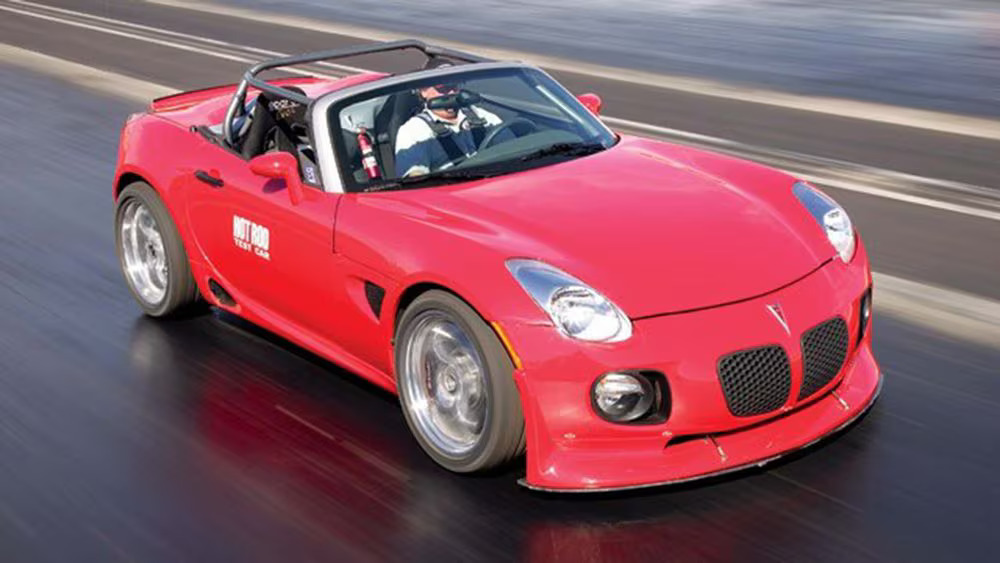
10. 2008–2010 Chevrolet HHR SS
Few cars on this list are as quirky as the Chevrolet HHR SS. The HHR, short for Heritage High Roof, was a five-door retro-themed wagon created as a direct rival to the Chrysler PT Cruiser.
Initially equipped with either a 2.2- or 2.4-liter Ecotec four-cylinder engine, it clearly wasn’t designed with performance in mind—at least not until 2008, when GM decided to insert the turbocharged Ecotec engine from the Solstice and Sky into the HHR.
Launched for the 2008 model year, the HHR SS featured the same 260-horsepower output as its RWD siblings. GM even offered the same 290 hp dealer-installed upgrade.
Buyers could choose between a five-speed manual transmission or a four-speed automatic, though the latter reduced output to 235 hp.
In an even more eccentric twist, Chevrolet offered a version called the HHR Panel SS, which eliminated the rear seats and side windows for a commercial-style setup.
Sadly, the HHR SS was discontinued after 2010, following the shutdown of GM’s Performance Division, and the entire HHR lineup ended production the following year in 2011.
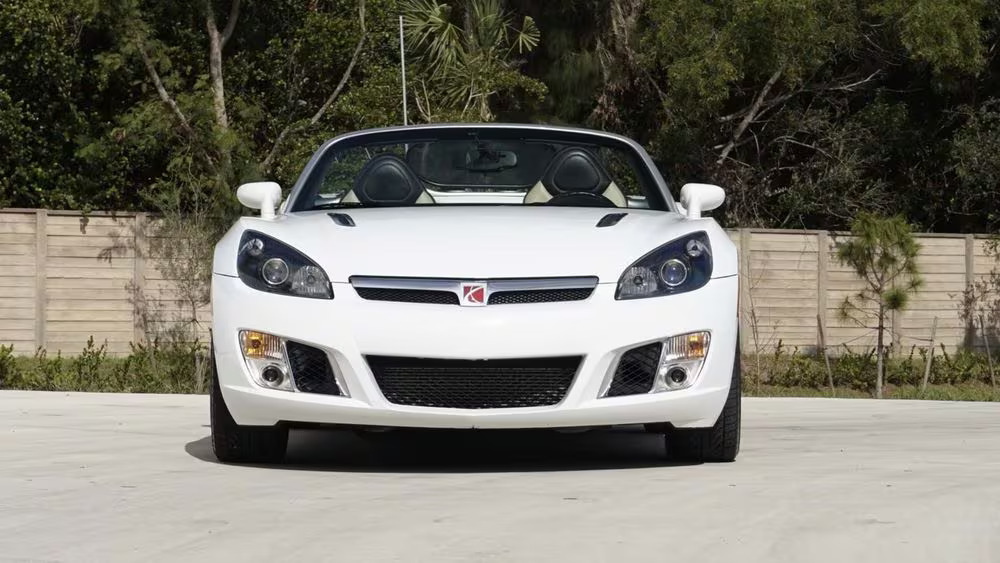
That same turbocharged powertrain also lived on in the Cobalt SS, available as both a coupe and a sedan, which was widely recognized as one of the quickest front-wheel-drive cars in the world at the time.

